What I Need to Do to Try Lyft Again
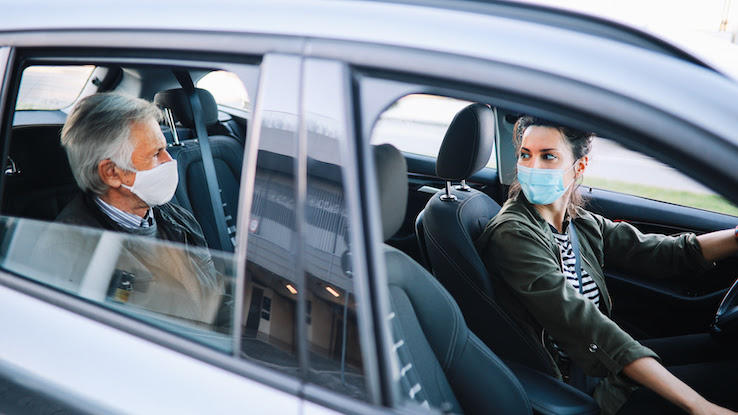
With the COVID-nineteen pandemic still ongoing, the ways in which this public health crisis take impacted everything from businesses to public transit are more than apparent. Despite the ascent in Delta variant cases, vaccinations are readily available across the country, allowing many Americans to return to work or get-go traveling again — at to the lowest degree in some capacity.
Of form, whether they're headed to piece of work or to a social event, folks want to utilize the rideshare services over again. The merely problem? Hailing a ride through an app-based service isn't as easy or affordable as it was pre-pandemic. So, why are Uber and Lyft struggling to get drivers back on lath? And will things ever return to "normal" in the earth of rideshares?
What was once a convenient, speedy, and affordable ride with Uber, Lyft, and other rideshare services has become a logistical, expensive nightmare. Though more people are traveling locally or around their vacation destinations, it has become extremely frustrating for riders to find nearby drivers. Since the pandemic began, there's been an extreme commuter shortage, and, now, with more need that's equated to high fares and extended wait times. (Not to mention, it's made rental cars hard to come by.)
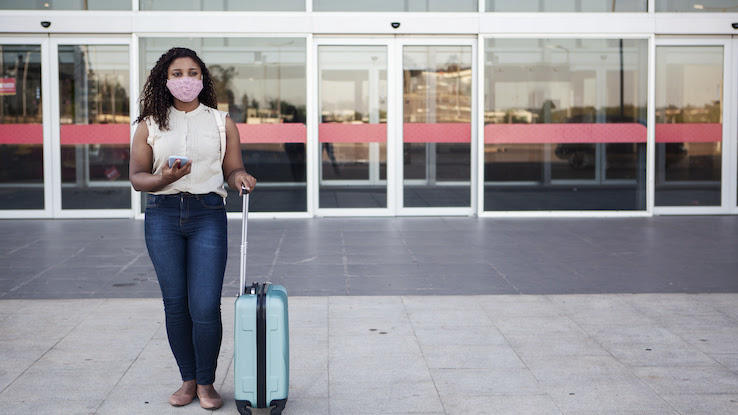
Melanie Lieberman, senior travel editor for The Points Guy, reminisced about being able to get an Uber or Lyft from Newark Liberty International Airport to Jersey City in mere minutes for just $twenty–40. Notwithstanding, in recent months, the availability of cars has go increasingly slim. After a late-dark flight, she establish that in that location were absolutely no rideshares available at the decorated airport. "So everyone was in line for a taxi. I waited almost 45 minutes, some people definitely waited hours," she shared.
Writer Stella Shon too noticed the huge increase in fares while traveling in New York. "Fifty-fifty a few months agone (and pre-pandemic), y'all could expect to pay $50-65, and now you'll likely pay $100," she said of traveling from JFK International Drome. "I've been taking taxis from the airport instead and saving and so much money with their apartment-rate service."
Rideshare Drivers Are Concerned for Their Health
Y'all would think that rideshare drivers would want to take advantage of suddenly booming business again, right? Well, possibly nether normal circumstances that would be the example, only we're withal in the middle of a mortiferous pandemic. Although vaccines are available, a pregnant portion of the U.S. population isn't vaccinated. As of August 2021, almost 52% of the U.South. population is fully vaccinated against COVID-19, co-ordinate to information from the Centers for Disease Control and Prevention (CDC). Not to mention, the Delta surge has caused many to take a more cautious approach to beingness in public or shared spaces.
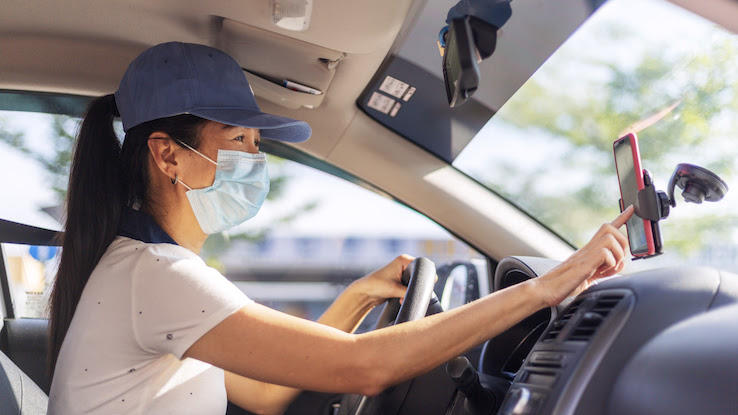
Although Uber and Lyft have implemented various safety protocols, drivers — fifty-fifty those who are vaccinated — face huge risks by having multiple people in their automobile on a daily basis. Drivers can't check vaccination cards, and some riders accept even refused to wear masks. Although they can reach out to the rideshare companies if a rider refuses to mask up, many drivers fright losing that income and may accept to choose between income and safety.
Another reason why rideshare drivers aren't rushing dorsum? It may seem fun or like shooting fish in a barrel to be driving around all solar day, merely information technology can really take a negative issue on the body as well. Miller Schoolhouse of Medicine experts led a airplane pilot report on such concerns and found that "more than than 37% of rideshare drivers reported experiencing musculus or articulation pain for periods as long as a week." Since the and so-called gig economy is somewhat new, we but don't know much most the long-term health implications of these sorts of jobs. Notwithstanding, it's possible that drivers are merely exhausted — and nether-appreciated — which makes driving during a pandemic even less appealing.
Rideshare Drivers Are Also Reconsidering Their Career Options
Many employees beyond the country have adjusted to working from home. Whether they are still teleworking or have returned to the part, they accept new hopes and expectations when it comes to their employers. The biggest expectations are meliorate payouts and more flexibility with working hours and telework options moving forward. Some employees take fifty-fifty taken time during the pandemic to become dorsum to school, change jobs or fields, or take a break from work completely for their mental health.
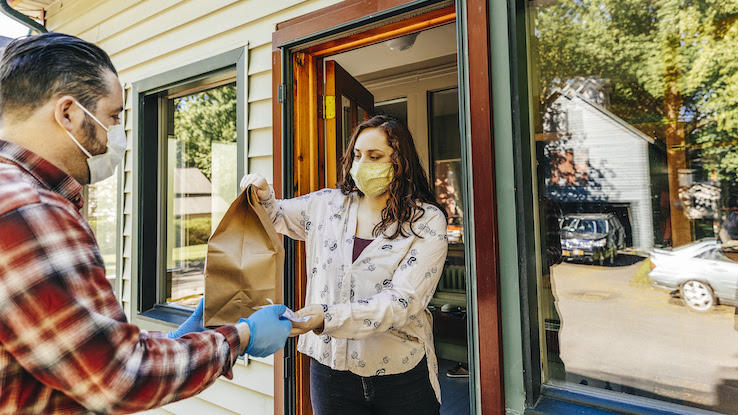
Unsurprisingly, drivers are besides reconsidering their options. Some workers have been frustrated with their payout, even with the higher rates that rideshare companies have been charging customers. "When I started driving, I was guaranteed 80% of the fare," driver Nicole Moore told CNBC. "If that's where we were right now, yous would encounter a very unlike equation on the road. Drivers are seeing xx, 30, 40% of the fare at times." With many drivers struggling to brand a living, some have stepped away from the rideshare business to notice more lucrative work. Some accept found themselves taking office jobs or driving exclusively for food-delivery companies like Grubhub or DoorDash.
Lyft and Uber Are Offering More Incentives to Concenter Drivers
Uber and Lyft did non expect the lack of drivers to exist a long-term challenge. All the same, with the driver shortage standing, information technology appears that it's something they'll accept to contend with for the foreseeable. Not only are they dealing with pandemic-related prophylactic concerns, only these companies accept also struggled to compete with more appealing gigs — like nutrient delivery — or, for a fourth dimension, the safer selection of collecting federal pandemic unemployment benefits.
And, of course, Uber, Lyft and others take actively worked confronting workers' rights, finding ways to skirt around providing minimum wage pay and/or health benefits. Needless to say, rideshare companies are now exploring incentives to go drivers back on the road.
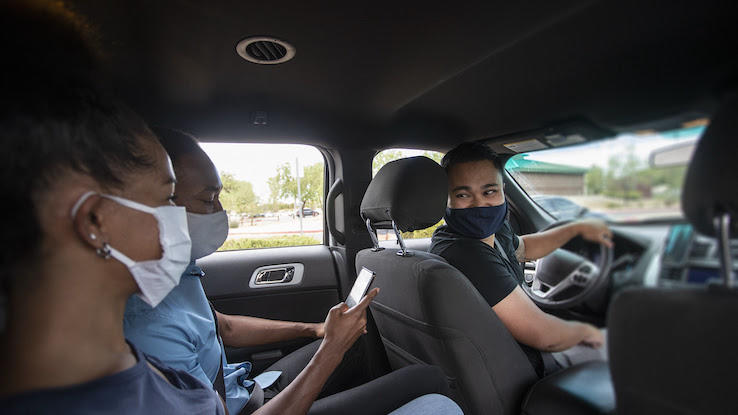
Uber, for example, is considering funding education and career-building programs, co-ordinate to The Wall Street Journal. Meanwhile, Lyft is also exploring ways to reduce drivers' expenses with incentives like one-fourth dimension signing bonuses for new drivers or cash perks for completing sure additional trips. However, brusque-term incentives, though overnice to try to attract new drivers, may non be sustainable for the companies — or enough to keep drivers on board. Lyft, Uber, and companies across industries will take to rethink their standard benefits, and the way they treat their employees, if they hope to offer the aforementioned level of quality customer experience found in the pre-pandemic world.
Source: https://www.askmoney.com/budgeting/rideshare-shortage-employment-issues-lyft-uber?utm_content=params%3Ao%3D1465803%26ad%3DdirN%26qo%3DserpIndex
0 Response to "What I Need to Do to Try Lyft Again"
Post a Comment